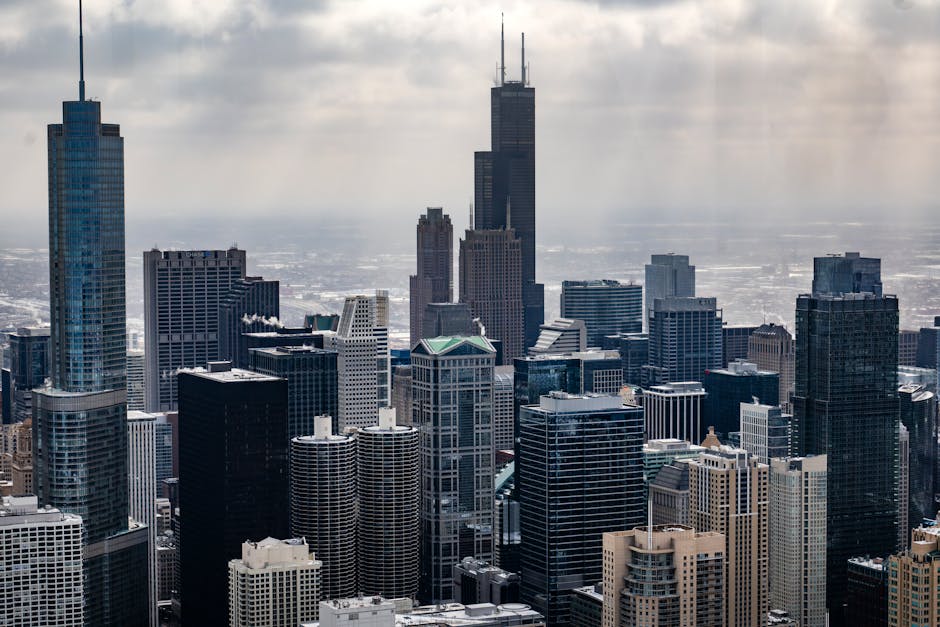Iran’s Water Crisis: How Decades of Mismanagement Left Taps Running Dry
Once famed for its ancient qanat water systems, Iran now battles a devastating water crisis. Rivers are drying, lakes are disappearing, and protests over water shortages have erupted in cities like Isfahan and Khuzestan. While droughts play a role, experts say decades of policy failures, corruption, and environmental neglect bear the blame.
The Scale of Iran’s Water Emergency
Severe droughts have plagued Iran for years, but today’s crisis is largely man-made. The Zayandeh Rud River, once Isfahan’s lifeline, now runs dry for months. Lake Urmia, the Middle East’s largest saltwater lake, has shrunk dramatically. Groundwater reserves are collapsing, and desertification spreads unchecked.
According to Iran’s Meteorological Organization:
– 97% of the country faces drought conditions.
– Rainfall has dropped 45% in the past decade.
How Bad Policies Fueled the Disaster
1. Over-Damming and Wasteful Irrigation
Iran built 600+ dams in 50 years—many poorly planned—disrupting ecosystems and wasting water. Meanwhile, water-intensive crops like rice and sugarcane were promoted in arid zones, draining aquifers.
2. Corruption and Unregulated Water Theft
Powerful groups, including the IRGC, control water for profit. Illegal wells and unchecked industrial use worsen shortages, yet enforcement remains weak.
3. Ignoring Climate Change
Officials long dismissed climate threats, refusing to adopt water-saving tech like drip irrigation or wastewater recycling. Subsidies still favor wasteful industries.
The Human Toll: Protests and Migration
Rural communities are hardest hit. Farmers in Khuzestan watch their lands turn to dust, sparking mass urban migration. Protests flare but face violent crackdowns—water scarcity could fuel wider unrest.
Can Iran Fix Its Water Crisis?
Solutions exist but require urgent action:
– Farm Reform: Shift to drought-resistant crops, adopt drip irrigation.
– Crackdown on Abuse: Regulate usage, punish illegal extraction.
– Regional Water Diplomacy: Cooperate with neighbors on shared resources.
Yet sanctions limit funding, and political gridlock stalls progress. Time is running out.
A Global Warning
Iran’s crisis mirrors risks in India, Mexico, and beyond—where overuse and climate change threaten water security. Without sustainable policies, environmental collapse becomes inevitable.
For Iran, the taps keep drying. The regime’s choices now will decide whether recovery is possible—or if the damage is irreversible.
— NextMinuteNews




